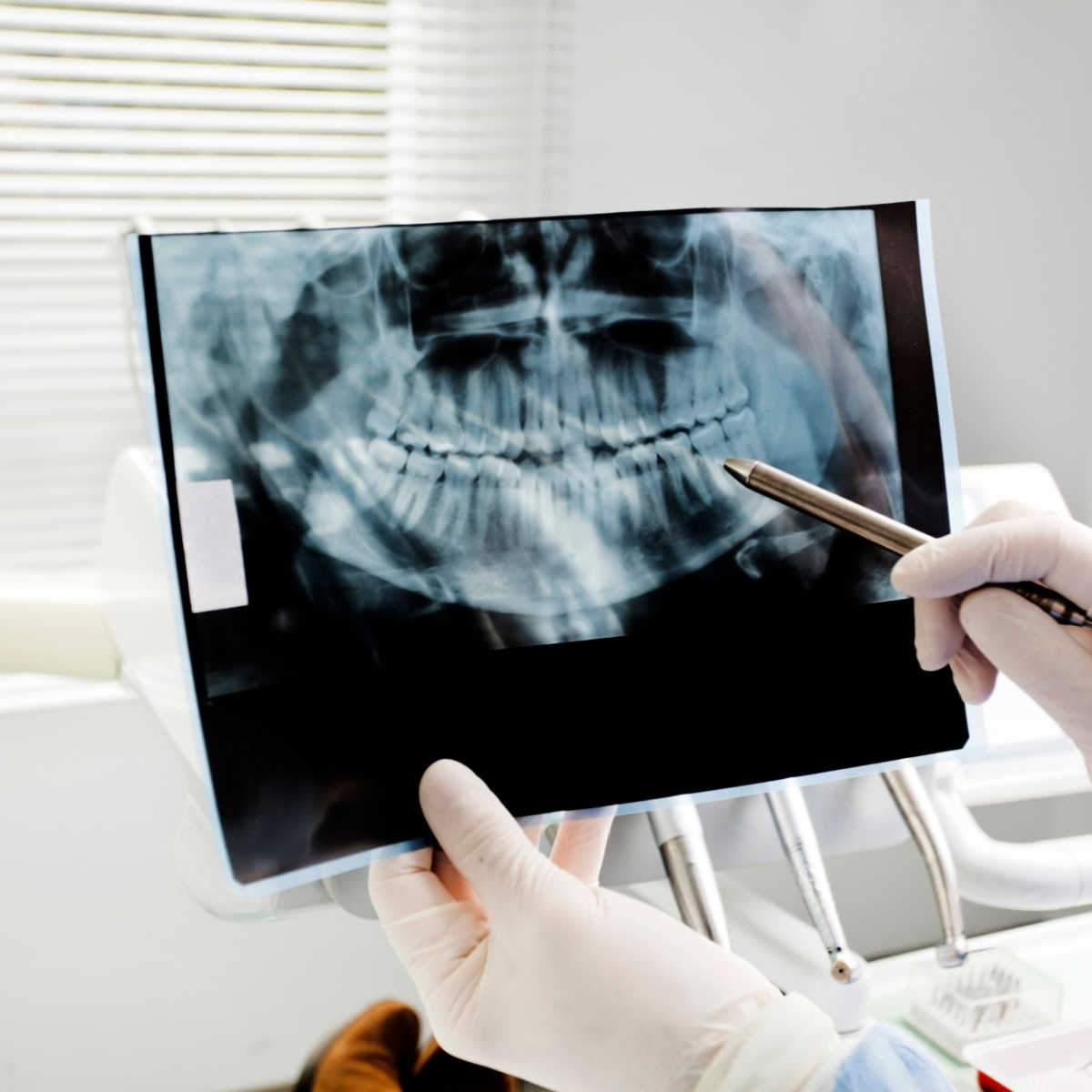Dental Implants Can Change Your Life
Do you struggle with damaged or missing teeth? Dental implants may be exactly what you’re looking for. With more treatment options than ever before, our West Sayville dentist will recommend the best dental implant treatment for you and ensure that your smile goals are met.
To get started, contact our Long Island dental office today by calling 631-563-1583 to set up your dental implant consultation.

What Are Subperiosteal Dental Implants?
Subperiosteal dental implants are placed directly into the jawbone. Unlike traditional dental implants, subperiosteal implants sit on top of the jawbone but underneath the gum tissue.
A subperiosteal implant consists of a metal framework custom-fitted to the patient’s jaw. The frame is anchored to the jawbone using small posts that protrude through the gum line to support the prosthetic teeth. These artificial teeth can be fixed or removable.
Due to recent advances in dental technology, subperiosteal dental implants are rarely used. However, we do offer other, more advanced implants, such as Teeth-in-a-Day (same-day dental implants).
Why Subperiosteal Implants Are Rarely Used Today
Despite the advantages of subperiosteal implants, they’re rarely used today. The main reason is the advancements in bone grafting procedures, which have made it possible for patients with insufficient jawbone density to undergo bone grafting procedures and receive traditional endosteal implants.
Subperiosteal implants also require a metal frame to be anchored to the jawbone, which can sometimes cause discomfort and make it difficult to clean the implant effectively. Subperiosteal implants are generally more complex and time-consuming to place compared to endosteal implants and require a higher level of expertise and skill from the dentist. As a result, not all dentists are trained to place subperiosteal implants, and patients may need to travel to a specialist center to receive this implant.
In recent years, advancements in dental implant technology have resulted in the development of alternative implant treatments that are less invasive and provide similar benefits to subperiosteal implants. These new implant systems are now widely available and are often a preferred option for patients who require dental implant treatment.

Subperiosteal Pros and Cons
Pros
- Suitable for Patients with Jawbone Loss: Subperiosteal implants can be used when a patient has experienced significant jawbone loss and is unable to support traditional implants.
- Less Invasive: Compared to bone grafting procedures required for traditional implants, the placement of subperiosteal implants is generally less invasive. This can lead to shorter recovery times and reduced discomfort for the patient.
- Potential for Immediate Restoration: In some cases, subperiosteal implants may allow for the immediate restoration of missing teeth. This means that replacement teeth can be attached to the implant framework shortly after the surgical placement.
- Removable Option: Depending on the specific design, some subperiosteal implants may offer the option of removable replacement teeth. This can provide convenience for cleaning and maintenance.
Cons
- Risk of Complications: Subperiosteal implants carry a risk of complications such as infection, implant failure, and peri-implantitis (inflammation of the tissues surrounding the implant).
- Limited Long-Term Studies: Compared to traditional implants, there’s limited long-term data available on the success rates and longevity of subperiosteal implants. This can make it challenging to predict their long-term performance and durability.
- Potential for Discomfort: The placement of subperiosteal implants involves surgery, which can cause discomfort and swelling during the recovery period. Patients may experience temporary pain and tenderness around the implant site.
- Higher Cost: Subperiosteal implants may be more expensive than traditional implants due to the custom fabrication of the implant framework and the surgical procedure involved. Patients should consider the financial implications when weighing their treatment options.

Treatments Replacing Subperiosteal Implants
Instead of using subperiosteal implants to replace missing teeth, dentists usually offer one or more of these implant treatments:
- Endosteal Implants
- Zygomatic Implants
- All-On-4 Implants
- Mini Dental Implants
To find out more about dental implant treatments near you, contact our West Sayville dentist. If dental implants aren’t right for you, other tooth replacements you may consider include dental bridges or removable dentures.
Frequently Asked Questions
On average, a subperiosteal implant can last for 10 to 15 years. However, the longevity of a subperiosteal dental implant can vary depending on several factors, such as the patient’s oral health, the quality of the implant, and the expertise of the implant dentist who performs the procedure.
The implant placement surgery can be a bit uncomfortable, but with the use of local anesthesia, the procedure should not be painful. After the procedure, patients may experience some discomfort and swelling, which can be managed with pain medication and ice packs.
Subperiosteal implants require the same care and maintenance as natural teeth, including regular brushing, flossing, and visits to your dentist twice a year for checkups and cleanings. It’s important to maintain good oral hygiene to prevent any infection from occurring and ensure the longevity of the implant.
Endosteal implants are the most common type of dental implant and are placed directly into the jawbone. These implants are usually made of titanium and are shaped like small screws. They’re placed into the bone through a small incision in the gum tissue and left to heal. Once the implant has fused with the jawbone, a dental restoration such as a crown, bridge, or denture can be attached to the implant.
Subperiosteal implants, on the other hand, are placed on or above the jawbone but beneath the gums. Subperiosteal implants are custom-made to fit the shape of the patient’s jawbone and are placed under the gums through a small incision. Once the implant has healed, a dental restoration can be attached to the implant.
